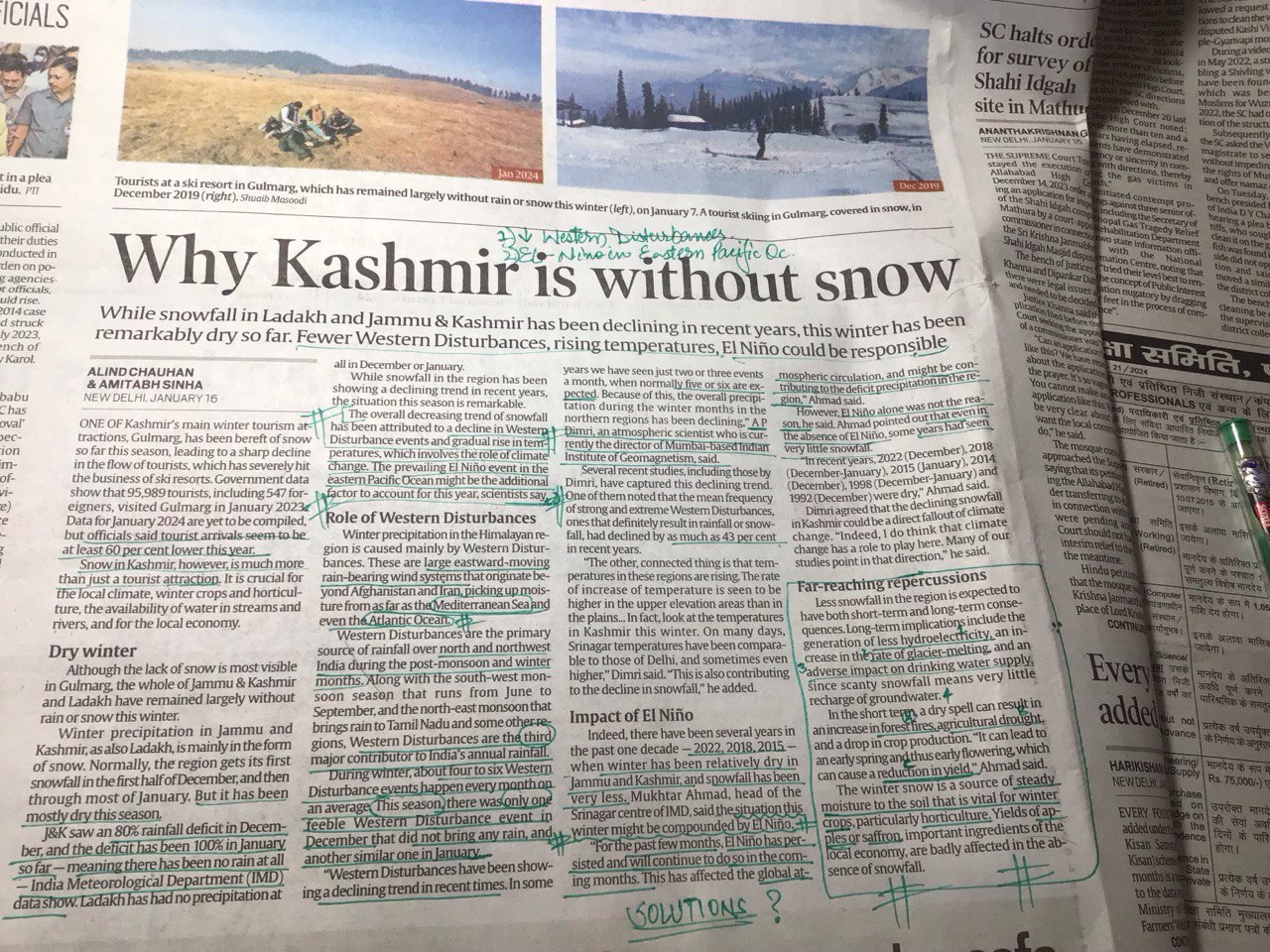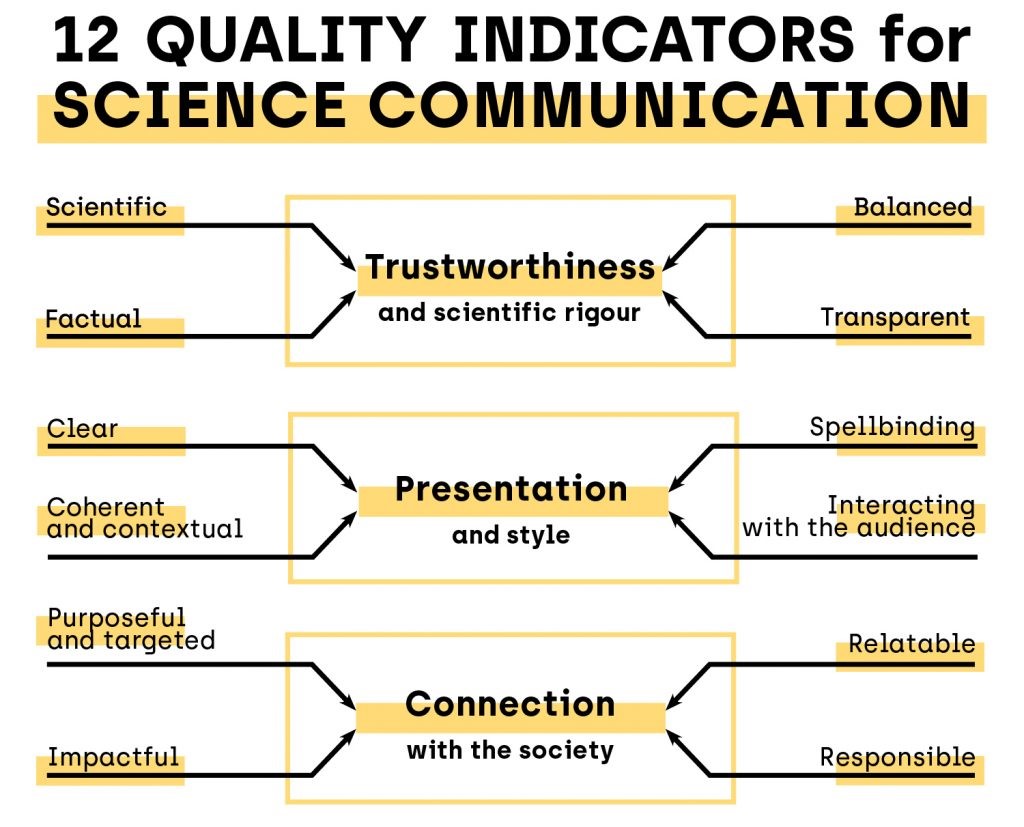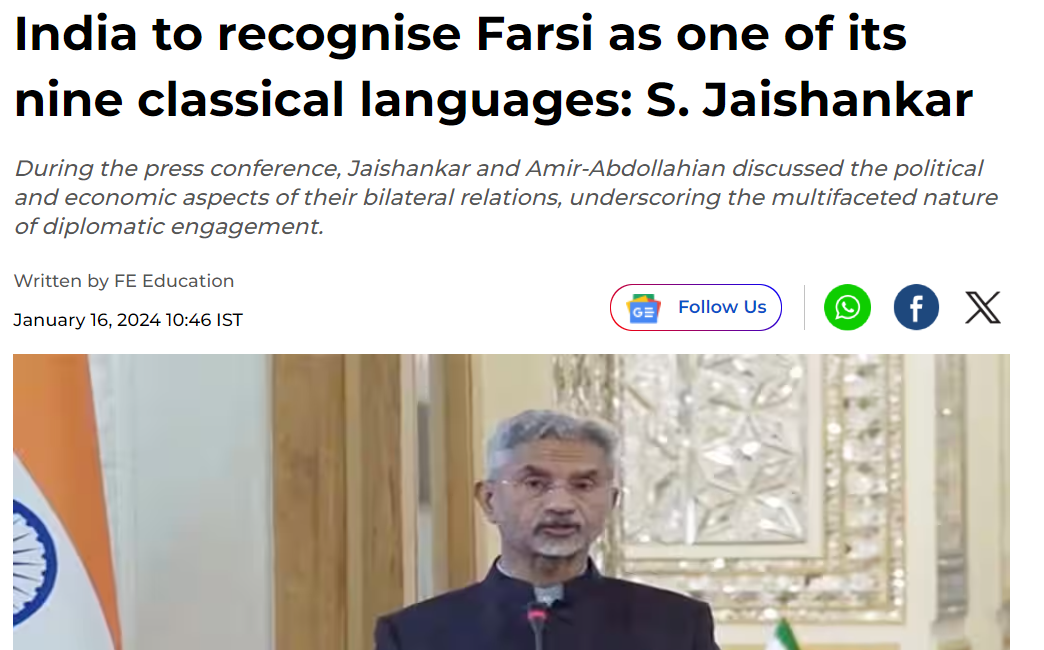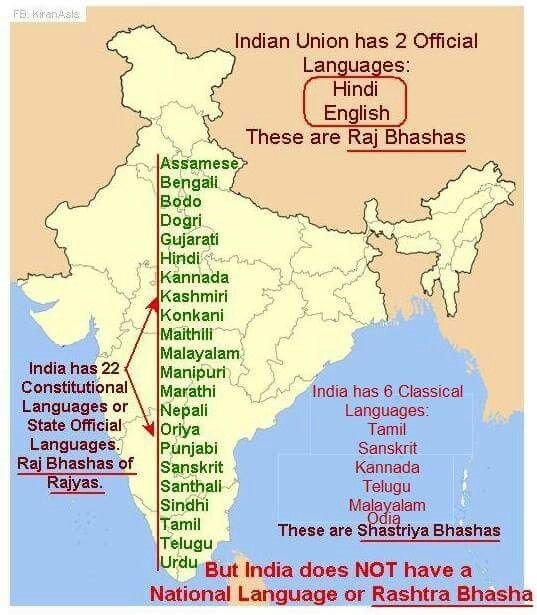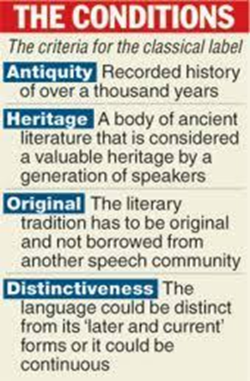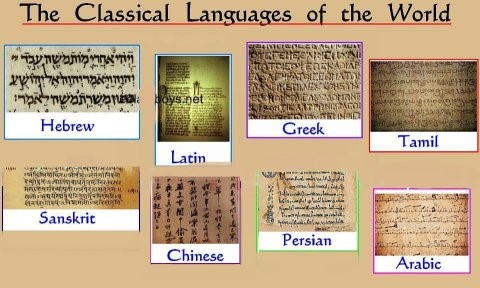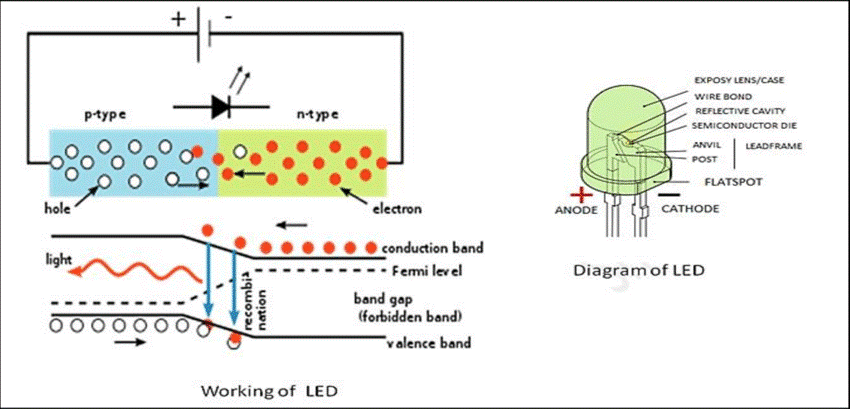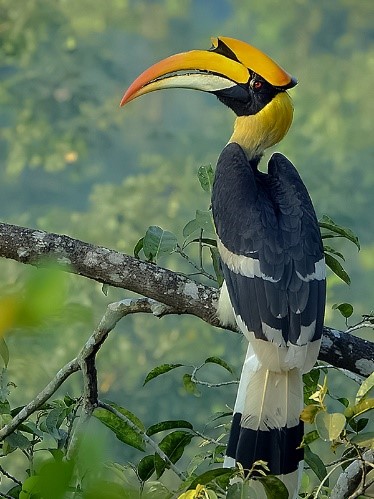1. Unprecedented Absence of Snowfall in Ladakh and Kashmir: Reasons and Consequences
Context:
The Kashmir and Ladakh region, celebrated for its scenic snow-covered landscapes during the winter season, is currently facing an unusual shortage of snowfall.
Impact:
- This situation not only affects the tourism industry but also has significant consequences for agriculture, horticulture, water resources, and the local economy.
- It raises concerns about the shifting climatic patterns in the region.
Background:
- In recent years, the Kashmir valley has observed a decreasing trend in snowfall, making the current season particularly noteworthy.
- Gulmarg, a renowned tourist destination famous for winter sports, is experiencing a notable lack of snow, leading to a substantial drop in tourist visits and adversely affecting ski resort businesses.
Factors Contributing to Reduced Snowfall:
- Western Disturbances:
- Snowfall in the Himalayan region during winter is predominantly influenced by eastward-moving rain-bearing wind systems known as Western Disturbances.
- Originating beyond Afghanistan and Iran, these disturbances play a crucial role in bringing snowfall to Jammu and Kashmir and Ladakh.
- However, the frequency of these disturbances has been decreasing in recent years, with only one feeble event occurring in December, resulting in no substantial rains.
This decline in the overall frequency of Western Disturbances has led to reduced winter precipitation.
- Climate Change:
- The primary factor contributing to the declining trend of snowfall is climate change.
- Atmospheric scientists emphasize that rising temperatures, particularly in higher elevation areas, play a significant role.
Recent studies indicate a 43% decline in the mean frequency of strong and extreme Western Disturbances.
- El Nino Impact:
- The persistence of El Nino in the Pacific Ocean has further complicated the situation.
- Disrupting the global atmospheric circulation, El Nino potentially contributes to the precipitation deficit in the region.
- While not the sole reason, El Nino appears to exacerbate the existing challenges.
Implications:
Short-Term Consequences:
- Tourism Downturn: The lack of snow in Gulmarg has led to a substantial decline in tourist arrivals, impacting the local economy and ski resorts.
- Forest Fires and Agricultural Drought: Dry spells resulting from reduced snowfall can lead to an increase in forest fires and agricultural drought, adversely affecting crop production.
Long-Term Challenges:
- Hydroelectricity Generation: Reduced snowfall poses a threat to hydroelectricity generation in the region.
- Glacier Melting: The decline in snow cover may accelerate glacier melting, contributing to long-term environmental changes.
- Drinking Water Supply: Scanty snowfall implies minimal groundwater recharge, posing challenges for the region’s drinking water supply.
Agriculture and Horticulture:
- Impact on Winter Crops: Winter crops crucial for the local economy, especially horticulture, face a decline in yields due to the absence of steady moisture from winter snow.
2. Reduced Apple and Saffron Yields: Apples and saffron, vital components of the local economy, witness adverse effects on yields.
2. Overcoming Obstacles in Science Communication in India
Introduction
- Effective science communication serves as a crucial link between the scientific community and the general public, facilitating comprehension, engagement, and informed decision-making.
- Recent events in India, such as the Chandrayaan-3 mission and the COVID-19 pandemic, emphasize the increasing significance of this field.
Nevertheless, challenges persist in conveying scientific information with impact and clarity.
Role of Science Communication
- The scope of science communication encompasses the communication of scientific knowledge, encouraging discussions on ethical, societal, and political implications, and involving scientists and diverse audiences.
- In the contemporary context, it extends beyond sharing research findings to include institutional outreach and public engagement with science.
Contemporary Science Communication in India
- Government Initiatives: The establishment of the CSIR-National Institute of Science Communication and Policy Research (CSIR-NIScPR) in 2021 reflects the government’s commitment to science communication. National science funding agencies and research organizations actively employ various channels such as press releases, social media campaigns, exhibitions, and lectures.
- Growing Landscape: Science communication has expanded to involve research organizations, universities, social enterprises, non-profits, and collaborations between art and science. This integration spans journalism, education, outreach, and artistic expression in conjunction with scientific endeavors.
Government-Led Efforts
India has a longstanding commitment to science communication, evident from historical milestones:
- Publications & Information Directorate (PID): Established in 1951 under the Council of Scientific and Industrial Research (CSIR), PID published national science magazines to disseminate scientific knowledge.
- Birla Industrial and Technological Museum (1959): Focused on defining India’s scientific heritage and promoting science education.
- 42nd Amendment to the Constitution (1976): Introduced Article 51 A (h), emphasizing the development of a scientific temper among citizens.
- National Council for Science and Technology Communication (NCSTC): Formed during the sixth Five Year Plan (1980-1985), emphasizing the popularization of science.
Vigyan Prasar (1989): An autonomous organization set up by the Department of Science and Technology to popularize science.
Addressing Challenges and Forging Ahead
To bolster science communication in India, several strategic measures are proposed:
- Formal Education and Training: Introduction of masters and doctoral programs in science communication to cultivate a skilled cadre of communicators attuned to India’s diverse contexts.
- Integration with Scientific Process: Encouraging active participation of scientists in science communication by incorporating it into research and recognizing scientists for their efforts.
- Large-Scale Strategy: Establishment of a professional organization collaborating with government departments, stakeholders, and experts to develop comprehensive science communication frameworks. These frameworks should span diverse disciplines, media formats, and demographic groups.
Conclusion
Science communication plays a pivotal role in advancing scientific literacy, public engagement, and informed decision-making in India. Addressing current challenges and adopting a forward-looking approach can pave the way for a robust science communication ecosystem, bridging the gap between science and society, empowering citizens, and propelling scientific progress.
3. One of the nine classical languages of India is now Farsi.
Introduction
In a significant effort to strengthen cultural bonds, External Affairs Minister S. Jaishankar has disclosed that the Indian government, as per the New Education Policy, has chosen to designate Farsi (Persian) as one of the nine classical languages in the country.
Classical Languages in India
- Currently, India officially recognizes six languages as classical, namely Tamil (2004), Sanskrit (2005), Kannada (2008), Telugu (2008), Malayalam (2013), and Odia (2014).
- Additionally, in accordance with India’s National Education Policy-2020, Pali, Persian, and Prakrit, along with their literary works, are slated for preservation.
- The recent inclusion of Farsi (Persian) expands the classical languages list to a total of nine, though further details may be required for clarification.
Criteria for Classical Language Status
The Ministry of Culture, through a statement in the Rajya Sabha, has outlined the criteria for conferring ‘Classical’ status upon a language:
- High Antiquity: The language must boast a recorded history spanning 1500-2000 years.
- Valuable Heritage: It should possess a body of ancient literature and texts revered across generations.
- Originality: The literary tradition must be distinctive and not borrowed from another linguistic community.
- Distinctness: The classical language and its literature should stand apart from modern forms or derivatives.
Promotion of Classical Languages
Upon attaining recognition as a classical language, the HRD Ministry offers various benefits, including:
- International Awards: Two prominent international awards for distinguished scholars in classical Indian languages.
- Centre of Excellence: Establishment of a Centre of Excellence dedicated to studies in Classical Languages.
- Professional Chairs: Advocacy for the creation of Professional Chairs for Classical Languages, initially in Central Universities, through the University Grants Commission (UGC).
The Eighth Schedule
The Eighth Schedule of the Indian Constitution outlines the official languages of the Republic of India, as governed by Articles 344(1) and 351.
- Purpose: Originally devised to provide representation on the Official Languages Commission and enrich Hindi and English, the official languages of the Union.
- Medium for Examinations: Candidates appearing for public service examinations are privileged to use any language from the Eighth Schedule as a medium for answering exam papers.
3. Languages Included: Presently, the Eighth Schedule encompasses 22 languages, such as Assamese, Bengali, Bodo, Dogri, Gujarati, Hindi, Kannada, Kashmiri, Konkani, Maithili, Malayalam, Manipuri, Marathi, Nepali, Odia, Punjabi, Sanskrit, Santali, Sindhi, Tamil, Telugu, and Urdu.
Chronological Additions
The chronological additions to the Eighth Schedule are as follows:
– 1950: Initially comprised 14 languages.
– 1967: Sindhi was incorporated through the 21st Constitutional Amendment Act.
– 1992: Konkani, Manipuri (Meitei), and Nepali were added via the 71st Constitutional Amendment Act.
– 2003: Bodo, Dogri, Maithili, and Santali were included through the 92nd Constitutional Amendment Act.
– 2011: The spelling “Oriya” was replaced with “Odia” through the 96th Constitutional Amendment Act.
4. The Development of Light-Emitting Diodes and Their Benefits
Context:
The ascendance of light-emitting diodes (LEDs) as the primary lighting solution for the 21st century, acknowledged with the Nobel Prize in Physics in 2014, signifies a substantial departure from conventional incandescent bulbs and fluorescent lamps.
Diodes: Foundations of LED Technology
What are diodes?
- A diode, a fundamental component in electronics, facilitates the passage of current exclusively in one direction across a p-n junction.
- This junction comprises a p-type material with positively charged carriers (holes) and an n-type material with negatively charged carriers (electrons).
How does a diode operate?
- An applied electric field across the diode prompts electrons to move from the n-side to the p-side, generating an electric current.
- This unidirectional flow is pivotal in electronic circuits.
LEDs: Harnessing Light Emission
What is an LED?
- An LED is a diode that emits light by having electrons, possessing more energy than holes, emit light when filling a hole in the p-n junction.
- The band gap, signifying the energy disparity between electron energy levels, dictates the frequency of the emitted light.
What is the band gap?
- The band gap, essential for LED functionality, denotes the energy needed for electrons to transition from lower to higher energy levels.
- In LEDs, the energy released during the recombination of electrons and holes corresponds to the band gap, influencing the color of the emitted light.
What colors can an LED generate?
- Through meticulous selection of materials for the p-layer and the n-layer, researchers engineer LEDs to emit visible light.
- LEDs can generate red, green, and blue light, enabling the production of a spectrum of colors on display boards and various applications.
Need for LEDs:
Why are LEDs highly regarded?
- Even before the formulation of Haitz’s law, LEDs were esteemed for surpassing the efficiency of incandescent bulbs and fluorescent lamps.
- Haitz’s law anticipates a tenfold reduction in cost and a twentyfold increase in light output every decade.
- LEDs offer up to 300 lumens per watt, in contrast to incandescent bulbs’ 16 lumens and fluorescent lamps’ 70 lumens per watt.
Applications and Benefits
- LEDs, renowned for their durability and energy efficiency, find application across diverse fields, from consumer electronics to industrial settings.
- Their advantages include significant cost savings, reduced material waste, and enhanced performance in various devices such as smartphones, TV screens, and even air quality monitoring.
5. Pakke Paga Hornbill Festival
Introduction
- The upcoming Pakke Paga Hornbill Festival (PPHF), now in its 9th edition, is scheduled to occur in Arunachal Pradesh.
- The festival is a testament to the region’s dedication to wildlife conservation, particularly focusing on the protection of hornbills.
- Taking place from January 18-20, 2024, in Seijosa, Pakke Kessang district, the event aims to bring together diverse communities to collaborate in safeguarding these iconic birds and fostering environmental awareness.
Pakke Paga Hornbill Festival
- Theme: The theme for this year’s festival is “Domutoh Domutoh, Paga hum Domutoh,” meaning “Let Our Hornbills Remain” in the Nyishi language.
- This theme underscores the vital importance of preserving the magnificent hornbill species.
- Conservation Advocacy: PPHF serves as a platform to advocate for the protection of hornbill populations and their natural habitats.
Emphasis on Wildlife Conservation
Hornbill Species: The Pakke Tiger Reserve (PTR) in Arunachal Pradesh is the habitat of four hornbill species, namely Wreathed, Great Indian, Oriental Pied, and the endangered Rufous-necked hornbill.
Nyishi Tribal Contribution: The festival acknowledges the Nyishi, the largest tribal group in Arunachal Pradesh, for their crucial role in hornbill conservation. They have shifted from hunting hornbills to actively advocating for their preservation.
Alternative Income: PPHF aims to create alternative sources of income for the region and raise awareness about PTR and its surroundings. The festival strives for economic development while concurrently preserving the environment.
ABOUT – THE GREAT INDIAN HORNBILL
Conservation Status: The great hornbill (Buceros bicornis), alternatively known as the great Indian hornbill or great pied hornbill, faces a Vulnerable status according to the IUCN, having been uplisted from Near Threatened in 2018. Additionally, it is listed under Appendix I of CITES.
- This majestic bird belongs to the larger members of the hornbill family and is renowned for its impressive size and distinctive coloring. Remarkably long-lived, the great hornbill can survive for nearly 50 years in captivity.
- Primarily a fruit-eater, the great hornbill also displays opportunistic behavior, preying on small mammals, reptiles, and birds. Its significance extends beyond its ecological role, as its size and coloration play a crucial role in various tribal cultures and rituals.
- The majority of the great hornbill population is concentrated in India, particularly in the Western Ghats and the Nilgiris.
- The Nilgiris North Eastern Range serves as a significant nesting ground, supporting some of the highest densities of these birds.
Referred to as ‘forest engineers’ or ‘farmers of the forest,’ the great hornbills play a vital role in seed dispersal for tropical trees, symbolizing the prosperity and balance of the forests where they construct their nests.

